Nunnehi (NUN-i-hee | /'nʊn ɪ hi/)
The wood elves take "down to earth" to a whole new level
The Nunnehi, colloquially known as the wood elves, are the most nature-loving and nature bound of all the elven ethnic groups. Having given up almost entirely on the rest of the elves during the Succession Wars, they have gone back to nature -- some earlier than others. Nunnehi tend to be nomadic herdsfolk or nomadic farmers, or even hunter-gatherers, when the land is rich enough to permit this.
This is not to say that they don't possess the same kinds of technological and arcanological advantages as other elves -- far from it! It's just that they believe that a more agrarian life is preferable to an urban one, and they shun the trappings of urbanization as a corrupting influence. After all, look what happened to the Alfar and the Sluagh.
There are exceptions. When they do build cities, they are a marvel of natural harmony, making little effort to separate themselves and nature, such as in the cities of Kanothi and the forest-nation of Gar'nes, which are built entirely in the tops of giant trees.
"Wood elf" is a colloquialism that is speaking of "wood" as an elemental quality (as in the Asian five element system). An equally accurate translation would be "earth elf." Nunnehi are by no means limited to wooded habitats. Like other elves, they can be found almost anywhere.
Appearance
The coppery-skinned elf maid also turned to regard them with enchanting copper-flecked emerald green eyes.Wood elves are darker-skinned than Alfar or Sidhe. Their skin tones range through warm copper to a rich burnt umber, and their eyes, flecked with metallic copper sparkles, are amber, and a range of shades of green, grey and brown. Their hair might range from as light as a honey-blond, through a coppery red, to a rich ebony black, and very rarely, green.
Naming Traditions
Feminine names
Adult Nunnehi choose their own names upon successful completion of their rites of passage. When translated from the Elvish, they usually describe something personal about them, or refer to something they value or a significant event in their lives.
Like with Alfar and Sidhe, feminine names tend to be melodic and roll off the tongue.
Examples: Jenna, Keyladril
Masculine names
As with feminine names, the masculine names of adult Nunnehi are chosen at one's rite of passage, and they describe something personal about them, or refer to something they value or a significant event in their lives.
Examples: Valrik, Kaimen, Az'halen, Thersylvanna
Unisex names
Most elven names can be used by either gender, as not a lot of thought is given to gender divisions in elven culture.
Family names
Nunnehi typically use their tribal or clan name, if a family name is needed. In the very rare occasions that wood elves become nobles, they will usually just add that name to the peerage. When no clan or tribal name seems appropriate, they will use names that describe something about them.
Examples: Wintergreen, Stormbringer
Other names
Many elven cultures, including the Nunnehi, have a tradition of parents and other family elders giving children affectionate nicknames that are only used in the confines of the family. They hold the same kind of affection in a dimuniative that such human nicknames as pumpkin, princess, melon or munchie do.
Examples: Tralith "little tree, sprout," Orlith "little flower, sprout."
Nunnehi Name Generator
Randomly generate your own Nunnehi names at the link above!Culture
Major language groups and dialects
Nunnehi speak Elven, although many Nunnehi communities have either developed their own distinct dialect or accent. Occasionally Nunnehi Druids study High Avalonian, in the way that human scholars often study dead but scholarly languages, such as Latin.
Nunnehi also tend to pick up a smattering of languages from other cultures they typically encounter, including human languages such as Celtic or Norse, Gnomish, Faerie languages, or Elfin, the pidgin Elvish that is used for common communication among spacefarers of differing cultures.
Culture and cultural heritage
It is absolutely impossible to encapsulate the diversity of Nunnehi culture without writing an encyclopedia. Every nation, every tribe and every clan has its own unique culture and series of customs and expectations, mostly dictated by history, climate, terrain, and circumstances.
The nomadic Nunnehi nations of the plains of Vel'darra for example, practice nomadic agriculture, planting their crops in a seasonal rotation, and coming back in their wanderings to harvest them later. Many also practice animal husbandry, but many are hunters, when they need meat. While they frequently come into conflict with the nomadic Orc tribes there, and less frequently with human ones or each other, it is far more common for them to resolve disputes through a series of contests than with war.
On the other hand, the wood elves of Veladin will shoot orcs on sight. They prefer to make their living as farmers, druids, and forest rangers, and they work in tandem with the Sidhe elves who also make their homes there.
The wood elves of Kanothi, on the colony-world of Peridot, live a sedentary life in harmony with the giant trees they have built their city in. They rely heavily on druids to maintain the sustainability and harmony of the settlement with the natural world. Many of them are intimately involved with the production of Starseed Ships, and of the few wood elven spacefarers in the Avalonian Imperial Navy, many come from Kanothi.
The Nunnehi of the forest city-state of Gar'nes have been training druids for thousands of years. They have a culture of scholarship that is almost unrivaled on their world.
Close animal companions are not uncommon in Nunnehi communities. They might vary from exceptionally intelligent fae versions of common domestic animals, such as dogs, cats, pigs, horses, and so forth, or they might be animals that are normally wild but also express exceptional intelligence, such as wolves, deer, elk, bears, etc.
Shared customary codes and values
While, again, it is impossible to completely codify the diversity of Nunnehi cultures, one thing they do share in common is that a wood elf does not exist alone. They are an integral part of a family unit, and they cannot be separated from their family, nor can their family be separated from them. This is considered part of a Nunnehi's very identity.
“So how is it, then,” says a wrinkled, elderly Nunnehi who might well be carved of wood, “that a mage can create things which do not exist?”Elders hold an extremely important place in most Nunnehi cultures. Elders councils will often lead clans or tribes, and if they don't, they usually advise the leadership. It is considered extremely rude to interrupt an elder who is speaking.
Narissa is so focused on her anger and grief that she almost doesn’t see the Nunnehi approaching her. The wood elf clears her throat. Narissa looks up into green eyes that seem familiar. “Lady Narissa? I’m Jenna. I’m a friend of Blackjack’s.” Ah yes, Narissa remembers now. Blackjack has been seeing her off and on for a few years now. Narissa doesn’t think they’re serious; just keeping each other warm in the storm. “Nice to meet you, Jenna. What can I do for you?” “I just wanted you to know . . .” She tosses her copper hair back and smiles. “I wanted you to know that all of us here—we all support what your husband is trying to do. We’re going to vote for him.” “Who’s ‘all of us here?’” “All of us,” says Jenna, sweeping her arm around the bar. Narissa looks up into a sea of nodding heads. She realizes the bar has fallen silent, and it is full of elves of all the local races; wood elves and sun elves and moon elves; Nunnehi, Alfar, and Sidhe.Nunnehi are active members of their community, regardless of whether they are members of a diverse metropolis or a small nomadic tribe. Since they value the wisdom of their elders, they tend to take the long view. Part of that usually includes looking out for the community as a whole, with the understanding that anything that benefits the community will benefit the individuals within it in the long term also.
Average technological level
Nunnehi, have collectively gained full access to all the benefits of elven technology and arcanology, including starfaring. However, there are many isolated wood elven communities that choose not to engage with starfaring cultures. When they do choose to access starfaring, more commonly this would be for mass migrations of large groups than for individual space travellers, although Nunnehi starfarers with a bit of wanderlust and curiosity are not unknown.
The Nunnehi access to Druidic and earth-friendly technologies is probably without peer, although its form differs from that used by the Sidhe . Sidhe might have wind power for Gnomish gadgets, for example, or know how to build using renewable resources. Nunnehi will instead have a precise sense of the seasonal cycles of their planet, and know all the best ways to increase crop yield or maximize the best habitat for the wild herds they hunt, all without long-term environmental damage, since an elf's lifetime is potentially long enough to see such effects in action.
It's not uncommon for Nunnehi to produce food for the Avalonian Imperial Navy from their surplus, which they trade in exchange for spices, hard to acquire metals or jewels, or books for their Druidic libraries. Sometimes they will trade for magic items or hard-to-acquire potion ingredients and the like (such as Cosmic Moss from a Tree of Life.
Common Etiquette rules
Nunnehi often claim territories for their clans or tribes, so venturing on to another group's territory is undertaken with respect. A wood elf traditionally presents oneself to the leadership of the local group and asks for formal permission to be there.
Druid orders often have their own formal rules of etiquette, many of which are specific to that order.
In general, one can never go wrong with politeness or respect, or by waiting for an invitation instead of barging in.
Common Dress code
Dress varies broadly across Nunnehi groups, and is often a reflection of the local culture and resources. Some might wear elaborate (but always practical, except for ceremonial occasions) clothing, enhanced by a few pieces of jewelry. Others might wear their wealth on their bodies due to their nomadic lifestyles, in which case clothing and armour will be the finest one can trade for or make, and jewelry will be large and gaudy by the standards of other elves. Still others might limit themselves to artistically painted leathers, colourful woven fabrics, or well-cut furs. Practical natural materials, such as wool, leather, or fur, are far more prevalent than finer, more easily damaged materials, such as silk or linen, except in old, sedentary wood elven communities, such as Veladyn or Gar'nes.
Nunnehi who spend a lot of time hunting or doing forest work, such as forest rangers, will almost always dress to blend with their surroundings. The art of camouflage reaches new levels of sophistication among the Nunnehi, with landscape-related bodypaints and even outfits that make use of the local foliage to help improve their ability to blend.
Jewelry tends to be made from warm-coloured metals, such as bronze, copper, or gold, and is just as likely to be in the form of large armbands as it is in tiny earrings. Nunnehi who spend a lot of time in foliage or working at physical professions, such as farming or animal husbandry, don't wear a lot of things that dangle.
Gems are all valued, but due to a strong tradition of worship of nature gods such as Bile and Herne, Nunnehi especially value amber, which comes from fossilized tree sap, and jet, which comes from fossilized charcoal.
Art & Architecture
Nunnehi architecture varies broadly. Nomadic groups will make their homes in everything from painted and dyed skin tents to elaborate yurts with thick carpets and insulation. More permanent communities are often built into the trunks or branches of giant trees, which are grown and shaped from the branches as much as possible. Where more permanent structures are wanted but large trees are unavailable, wood elven buildings will make the best possible use of the available natural materials, whether that's crystal, marble, wood or adobe.
Nunnehi art is less ephemeral, or impractical, than Sidhe or Alfar art. Almost everything they create has a practical purpose, whether it's carving elaborate sculptures in wood or marble buildings, weaving beautiful and warm rugs and clothing, or finely-made bronzework and pottery. Styles vary broadly depending on region. Jewelry and weapons are also beautiful works of art.
Again, however, there are broad differences between individual Nunnehi cultures. Some groups paradoxically value art that is designed to be completely ephemeral, such as sand paintings or ice sculpture. These works are viewed as a meditation on the mutability of nature, and they teach the wood elves to appreciate things in the beauty of their fleeting moment.
Common Customs, traditions and rituals
Close-dwelling groups will feast each other at holidays. There are traditional gathering places, especially for nomadic groups, where Nunnehi will convene at certain times of year (often corresponding with seasonal changes) and trade, socialize, and intermarry.
Birth & Baptismal Rites
When possible, the Nunnehi gather like the Sidhe and the Alfar when a child is coming into the world to sing the baby into the community. However, this is not always possible because of wide ranging of Nunnehi nomadic communities, or the isolation of some professions (like a couple who are druids or forest rangers.)
Nunnehi traditionally bless a newborn with pure water from the cleanest available source, symbolizing the blessing of nature and the transference of the newborn from a spirit being to a physical one.
Coming of Age Rites
When Nunnehi reach the age of majority (50 years,) they usually undergo a rite of passage. These rites vary broadly between tribes, clans and cultures. A vision quest or a trial of combat or hunting are the most common forms, but some cultures (like the Veldarran nomads) test their new adults in games and contests instead, or present them with riddles or other tests of wisdom.
There is usually a formal ritual for having successfully completed the rite, and many Nunnehi groups mark the occasion with a tattoo or other permanent mark, such as scarification or piercing, to acknowledge the new adult.
Young adult Nunnehi are immediately granted the full rights and responsibilities of adulthood, such as the right to participate in council, or the right to marry.
Funerary and Memorial customs
Like most elves, Nunnehi wear white to symbolize that they are in mourning. They grieve quietly, but not privately. Grief, like everything else in life, is a family affair. While wood elves love as passionately as the Sidhe do, they rarely pine away as a result.
Nunnehi deal with their remains in ways that honour the cycle of life. One common custom is the ritual of tree or sky burial, where the remains of the dead are left in some high place for the birds to devour, releasing their spirits. In areas where this is impossible or undesirable, it's common for Nunnehi to bury their dead beneath tree roots, ornamental gardens, or wild glades or grassy fields, where they can fertilize the living plants.
Common Taboos
An oath sworn by a wood elf is absolute. It is considered highly inappropriate for anyone to impede a solemnly-sworn oath in any way.
Whenever something is taken from the land, an offering must be left in its place to show gratitude. Herbs, honey, wine or rice are often left where plants are pruned or harvested, and aromatic herbs and resins are burned when the life of an animal must be taken (or, for that matter, the life of a sentient being.)
If a wood elf kills an animal, they will use every possible part of the animal's body. To do otherwise demeans the animal's sacrifice and disrespects the land and its bounty.
Common Myths and Legends
- Vara Nightsong and the Moon
- Brothers of the Storm
- Herne's Vow
Historical figures
- Valrik Stormbringer
- Kaimen Stormbringer
- Airaion Mithethas
Ideals
Beauty Ideals
They found him in the Leafy Bough, chatting up a tattooed wood elven girl with a short sword at her hip.Nunnehi value personal expression. They frequently use bodypaint or face-paint, use henna and natural dyes for their skin or hair, get tattoos or body piercings, and even use ritual scarification. This varies broadly between region and culture, and often has cultural as well as personal significance. For instance, there may be a particular scarification pattern or tattoo that all members of the tribe get upon their rite of passage. Or there may be a traditional clan pattern of body piercings. Clergy may get tattoos to signify their faith when they take their holy vows, and druid orders might dye their skin in particular patterns or get a particular tattoo as well. However, many of these choices are dictated by personal preference and expression, just as they are in some human cultures.
Gender Ideals
Elves in general pay little attention to differentiations of gender in cultural roles. Many genders are recognized, but this aspect of identity is given as much attention as eye colour or preferred music.
Courtship Ideals
Marriages occur for two reasons in Nunnehi cultures. The most common is love. The other is to unify tribes or clans that have been in conflict.
In either case, courtship is a family affair. Wood elves know they will be bound as a family through a couple, or trio, and so forth, so they involve their families actively in the courtship process. Courtship begins in a similar way to the manner in which the Sidhe and the Alfar do it: with a gift of amber. However, they do not necessarily require the gift of an Amber Tear Charm; the amber may be given in a bracelet, a ring, a necklace, earrings, body piercings, and so forth.
Relationship Ideals
“That’s a good idea,” Lord Sunfall agreed. “Perhaps I’ll take Selene and do the same thing. Selena’s got her own life now . . .” He trailed off, and filled the silence with another sip of wine to cover his hesitation. “She’s taken up with a pair of Nunnehi twins out of Caer’Thun. It sounds as though things might be getting serious.” Narissa probably knew a great deal more about this than he did, because Selena sent her frequent letters. One was a somewhat grim swordsinger; the other was a priest of Loki. Narissa was not surprised. The balance was probably perfect for her, and likely was also filling the hole in her life that used to be her brother and best friend. Narissa was happy for her. People had been sure she would never settle down. It was just like her to get involved with elven twins, who were exceedingly rare, and usually the subject of prophecy and much speculation. Regular pot-stirrer—that was Selena all over. “Good for her,” she said happily.Nunnehi are as free and varied with their relationships as Sidhe are, although what is acceptable is often limited by cultural and financial circumstance. For example, having multiple wives is not common in resource-poor areas among nomadic Nunnehi because numbers of children are a strain on those resources -- although multiple husbands might be perfectly acceptable. Divorce, although technically as easily accomplished as it is among the Sidhe (saying, "I divorce you!" thrice in a row in public and tossing the other elf's stuff out the door,) is frowned upon and strongly discouraged, due to their complex, intertwined family bonds. Elves with irreconcilable differences are encouraged to seek counselling from the clergy or the family, and to live apart if they can't live together. Nobody expects monogamy during the separation, however.
Major organizations
- Kel'Nasar
- Ancient Druid Order of Gar'nes
Don't forget that you can click on the blue compass on the left to access the Table of Contents at any time!
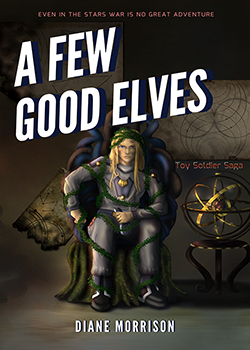
Want to read all of the Toy Soldier Saga fiction, even before the rest of the world does?Subscribe now!
A Nunnehi princess of Veladin at Selaro, the Summer Solstice festival
A Nunnehi ranger of Vel'darra
A Nunnehi bard of Glimmerfell
A Nunnehi soldier of Gar'nes
A Nunnehi gladiator from Veladin
A Nunnehi sorceress of Kanothi
A Nunnehi ranger of Vel'darra
Nunnehi Bard by thefairypath
A Nunnehi soldier of Gar'nes
A Nunnehi gladiator from Veladin
A Nunnehi sorceress of Kanothi
Related Organizations
Related Items
Languages spoken
Related Locations
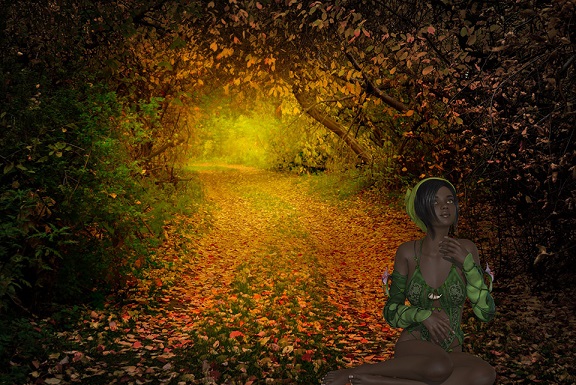
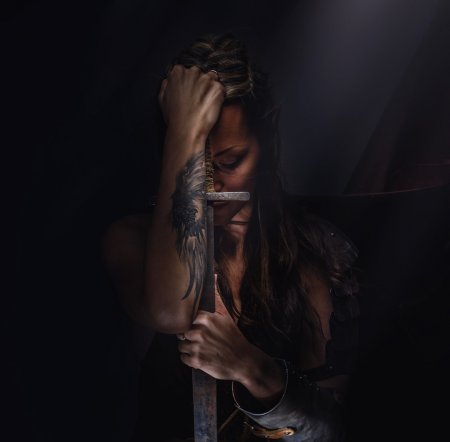
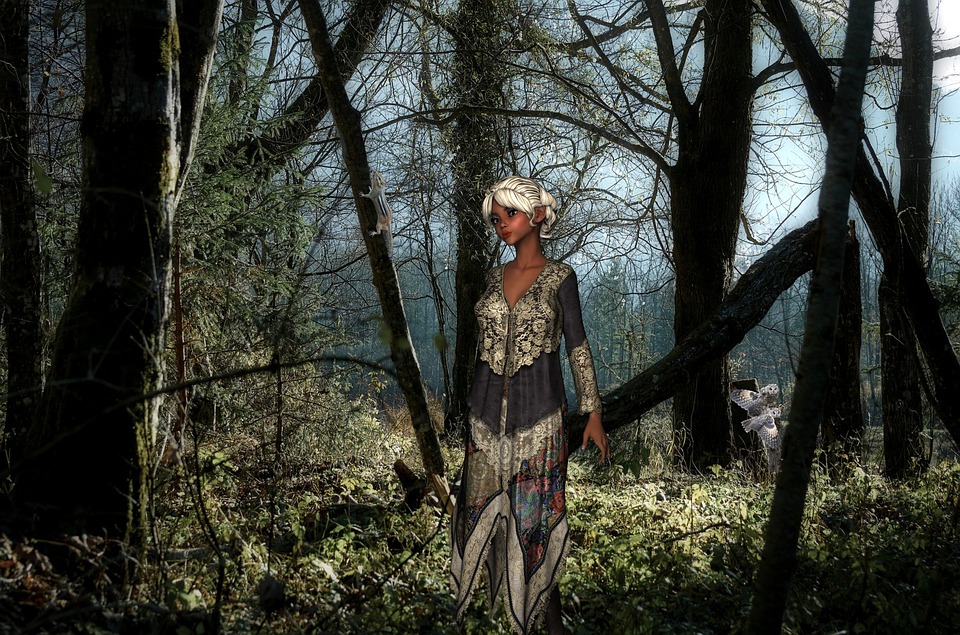
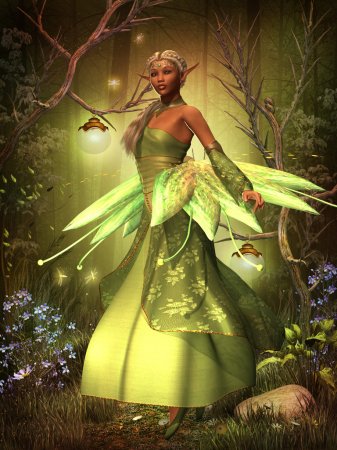
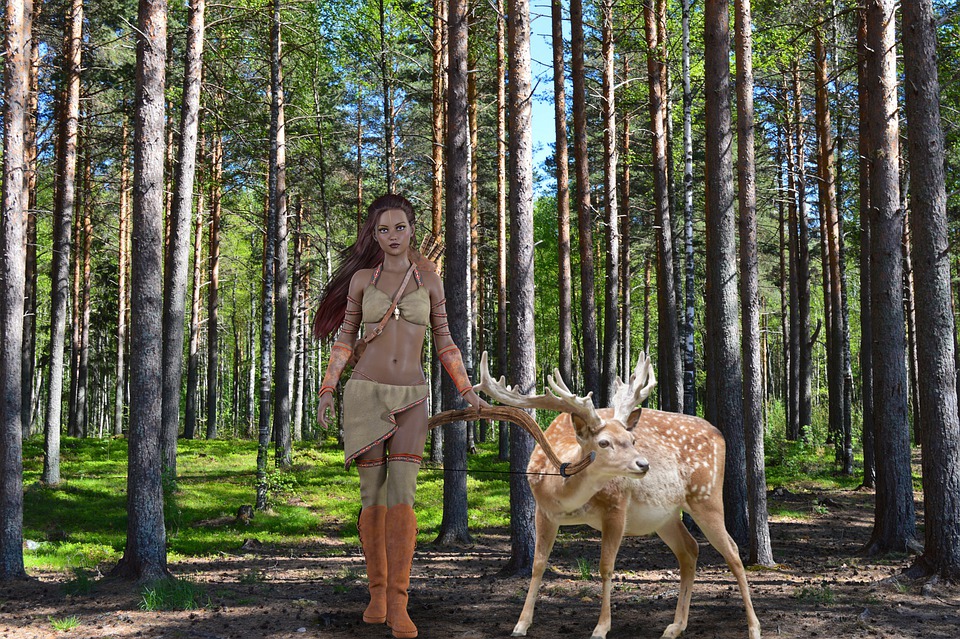
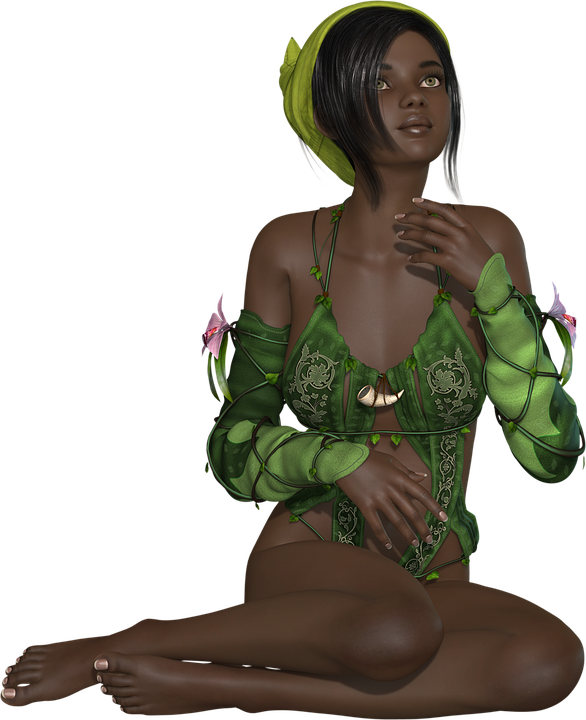
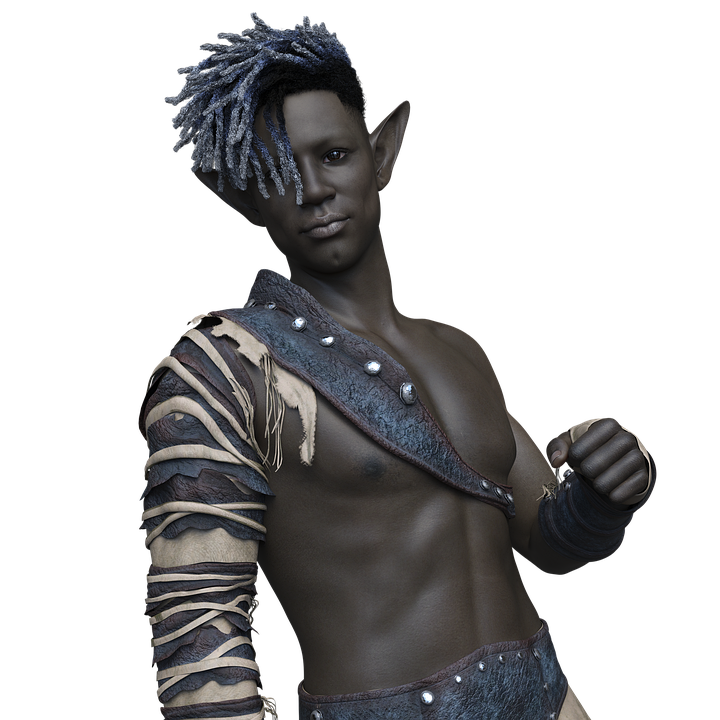
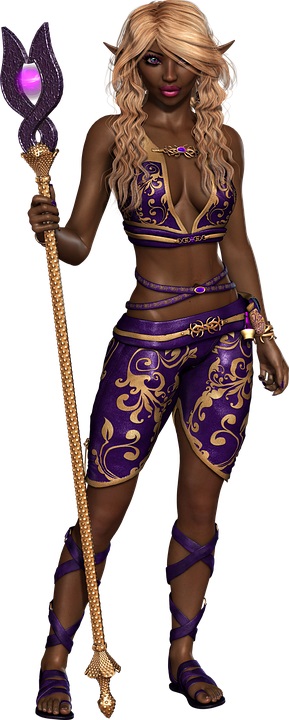
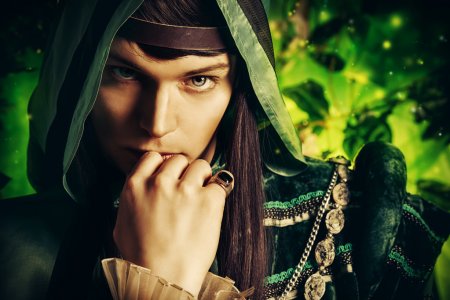
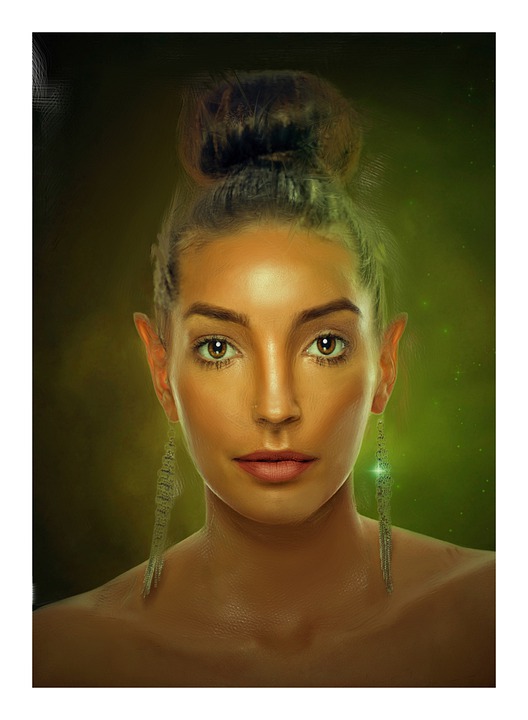
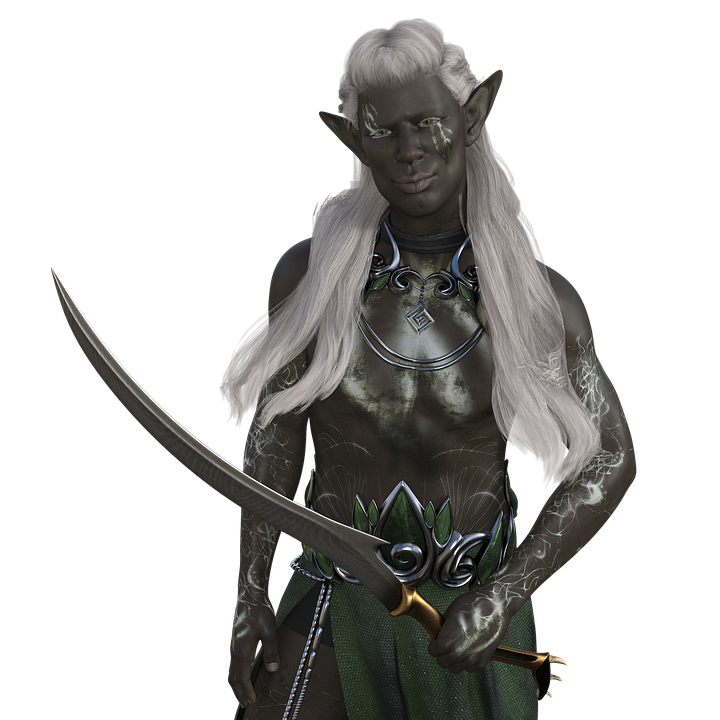
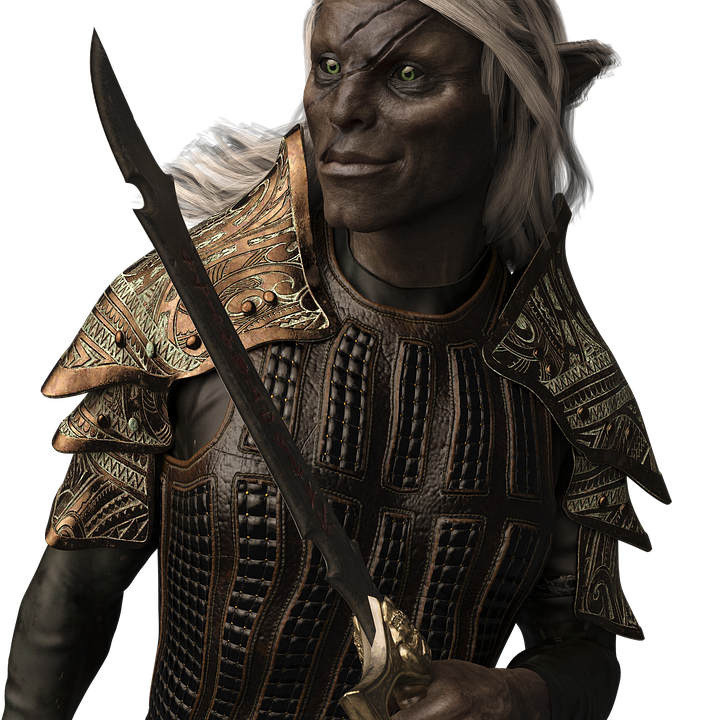



Comments